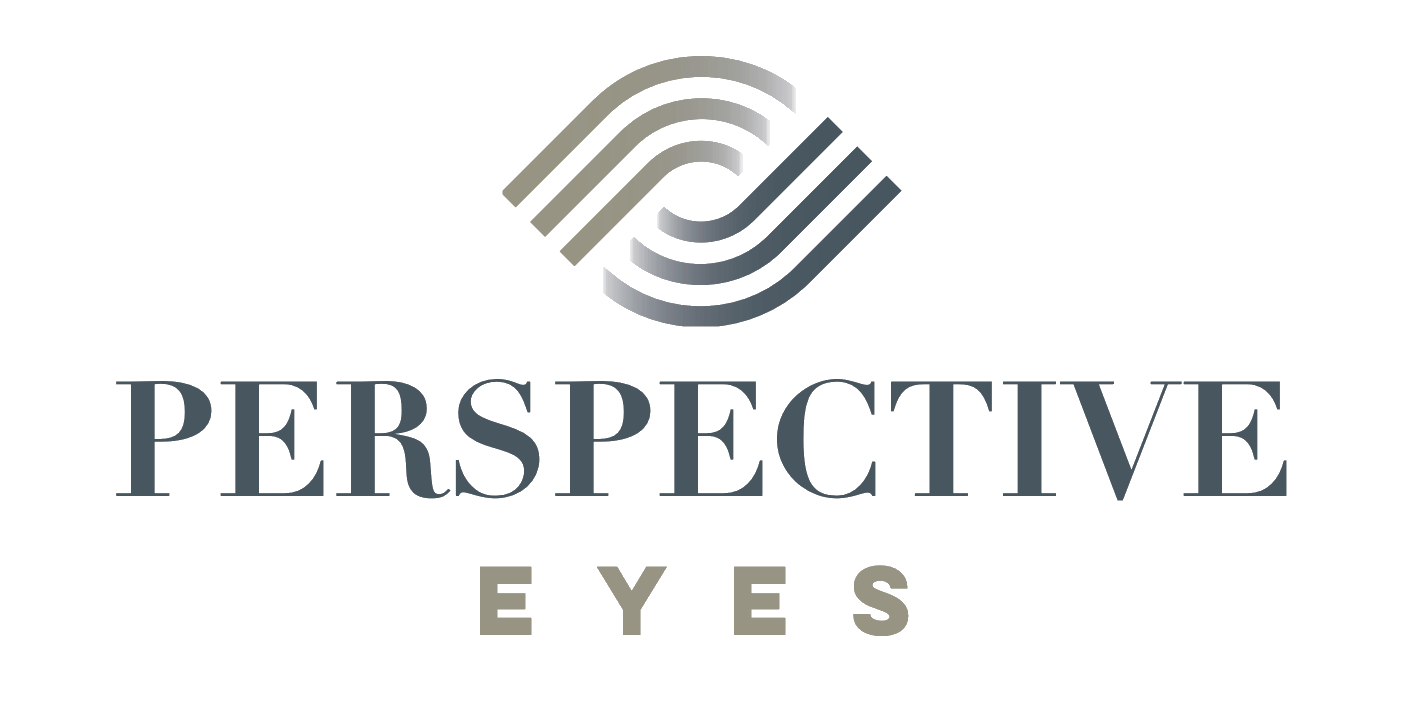Now considered a major health concern, myopia, or nearsightedness, has increased by 66 percent in the United States since 1971. Nearsightedness is a common vision condition in which objects that are farther away appear blurry. Myopia can begin as early as age 5, and early detection is key to preventing and reducing complications later in life. The cause is thought to be a combination of environmental and hereditary factors. It does matter how a person uses their eyes, such as frequently performing detailed or up-close work and/or regularly using electronic devices. Genetics play a role in myopia as children inherit the tendency to develop the eye condition from their parents.
Symptoms can include blurry vision at distance, difficulty driving, headaches, eye strain, and squinting. An eye care professional, such as an optometrist or ophthalmologist, can perform a simple examination to determine if the vision issues experienced are caused by myopia — and put a treatment plan in place that may prevent further complications associated with myopia. It is especially important that it be caught early in children to prevent the nearsightedness from progressing severely.
If your child displays one or more of the following habits, he or she should be evaluated for myopia:
- Persistent squinting
- Needing to sit closer to see
- Holding books very closely while reading
- Seeming unaware of distance objects
- Excessive blinking
- Rubbing eyes frequently
- Poor grades or falling behind in school
Once diagnosed, an easy treatment for myopia involves corrective eyeglasses. Wearing glasses does not make the person more dependent on the prescription, but it sure clears up their distance vision for them.
In children, there is huge concern that nearsightedness can continue to worsen over time. There are a few treatment options with contact lenses, which may help slow the progression of nearsightedness. Two different types of contact lenses include soft multifocal contact lenses and orthokeratology treatment with rigid, or gas permeable, contact lenses.
Multifocal contact lenses have optics that include distance vision and a slightly different power for near to help the eyes focus a little easier. Reducing the strain up close is thought to help alleviate the eyes’ progression to higher nearsightedness.
The other treatment, orthokeratology, involves wearing corrective gas perm contact lenses overnight. The lenses are removed upon waking and the result is perfect vision throughout the next day without having to wear the contact lenses during the day. The gas perm contact lenses are rigid and are fitted to reshape the front surface of the eye, or the cornea, gently, which in turn results in good vision. The corrected vision is temporary as the contact lenses must be worn while sleeping each night to maintain clear vision on a daily basis. Not only can this eliminate the need for glasses and dealing with distortions, reflections and blurry vision from smudges or scratches, but it can also slow down the progression of myopia in children. Although, the myopia may return after discontinuing wear of the lenses, the myopia is not as severe as it could have been without the lenses. In clinical studies, myopia progressed less in children that were treated with orthokeratology as compared to children who were not.
